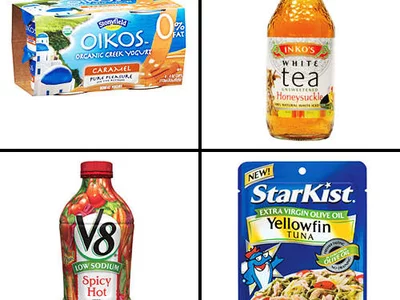Five ways to a smaller waist
Get a smaller midsection! Here’s how to do it for good!
Getting a smaller stomach and midsection is something pretty much everyone wants. In bodybuilding competitions, the smaller your waist, the better you are going to do, pretty much without exception. The smaller the waist and stomach the more contour of the physique, the better lines and the more aesthetically pleasing physique. The top few competitors in every division are also those with some of the most compact waistlines. Conversely, a large, wide or protruding waist and stomach is a death sentence to your competition hopes. There have been tons of strategies that have emerged with promises to shrink the waistline. Different exercises, diets, squeems and other stomach squeezing shackle type devices have been introduced with promises of a smaller waist and reduced stomach circumference. People are paying big money and taking extreme measures for a smaller waist, but are they wasting their time?
To understand how to get a smaller waist, we must first understand what causes a larger waist. Outside uncontrollable factors like genetic predisposition, there are three main factors that influence the size of the waist and stomach. The first, and by far most paramount, is how much visceral fat (fat around the organs in the stomach) we are holding. The second is the size of the muscles on the waist, primarily the lower external obliques. Finally, the last factor is posture and muscular control. In a sense, training your torso muscle system to “hold it in” can work wonders as well. So what can we do to address these three areas and greatly reduce our waist and stomach size? Here are a few fool proof strategies that are certain to give you a much smaller waist and more appealing physique:
Adopt a low carb diet: This strategy is by far the most important. It targets specifically reducing visceral fat. As it turns out, visceral fat storage is nearly linearly correlated with insulin sensitivity. The more insulin resistant you are the larger your waist is, more or less to the point that you can identify those with poor insulin sensitivity directly from the amount of visceral fat they store. A 2012 study showed that a low carb diet is the most effective means to increase insulin sensitivity (and thus reduce visceral fat storage). Keeping carbs low over time will trigger the body to target fat for energy usage and subsequently reduce body fat, with an emphasis on visceral fat.
Incorporate soluble fiber in your diet: It has been said that eating lots of fiber can assist weight loss. This is true, but even more so with soluble fiber like that found in fruit. These are fibers that bind water and form a thick gel that tends to linger in the gut and dramatically slow the movement of food through your digestive tract and in in turn slow down digestion and the absorption of nutrients. This results in a prolonged feeling of fullness and reduced appetite. The fact that fruit is very low in calories only aids this process. One review study found that an additional 14 grams of fiber per day were linked to a 10% decrease in calorie intake and weight loss of 4.5 lbs over only 4 months, most of which from the lower abdomen.
Get your magnesium, cinnamon and r-ALA: These are three nutrients that are clinically proven to increase insulin sensitivity and will work in conjunction with your lower carb diet. R-ALA has been clinically shown to increase insulin sensitivity by 18-57% with dose of about 200-300mg per day. Multiple studies have been done on cinnamon and its effect on insulin sensitivity as well, many showing very promising results at larger doses of about 2000 or more milligrams per day. Lastly, magnesium is required for glucose utilization and insulin signaling. Getting plenty of magnesium will ensure proper function.
Avoid oblique work and heavy abs: While this seems a bit counterintuitive to bodybuilding and building a solid muscular physique, exercises that hit obliques can often do little more than widen the waistline. Instead of hitting obliques and heavy ab work (that will indirectly hit the obliques) work abs only from the front with moderate weight. This will ensure fully developed abs without over-developing muscles on the sides of the hips.
Train the torso muscles: Dumbbell pullovers are a great way to stretch the torso and train the muscles around the abdomen to stretch strengthen to tighten the midsection. Hanging leg raises are another great way to do the same thing. Don’t focus on weight on these exercises, but rather focus on the stretch and elongating and relaxing the muscles around the abdomen. In addition to this, practicing posing and holding those same muscles is effective to do the same.
Overall, a small midsection is one of the most important factors in bodybuilding. Visceral fat is the biggest culprit to an expanded abdomen and this is generally the result of insulin resistance. Taking control over the muscles in the abdomen area and limiting the size of the lower external obliques are also key factors. Following these strategies over the long term will for certain reduce your midsection as much as genetically possible.





















